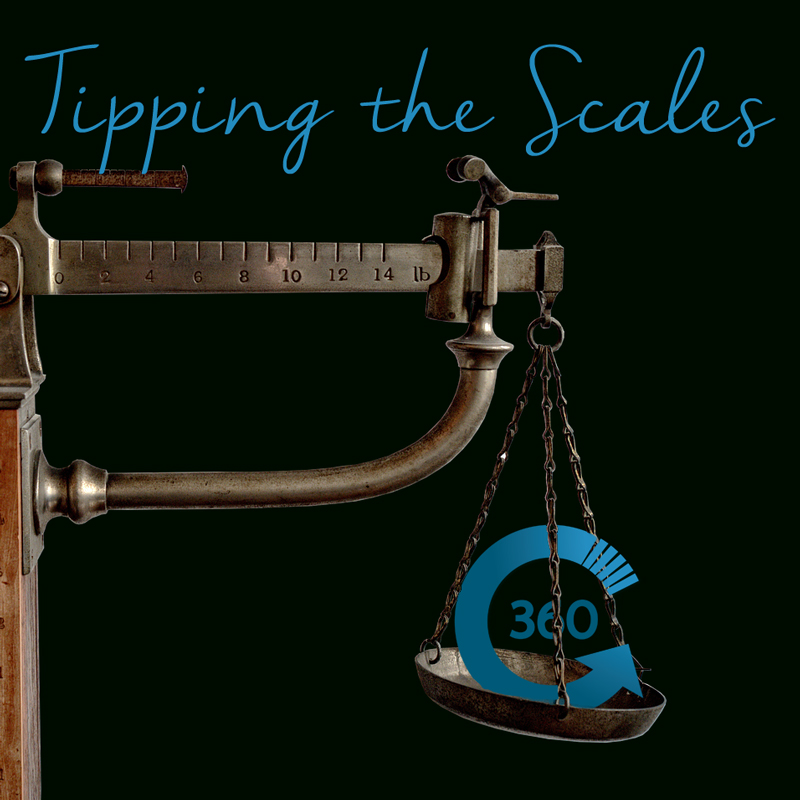
The goal being not to run out of possible moves whilst moving through progressive levels of difficulty, in terms of where the gems are conveniently or not so conveniently placed as each board is generated. Lastly, there is the ever-present Classic mode, which sees little or no change bar a few graphical enhancements here and there. It’s all actually really bizarre, and I struggle to see why anyone looking to play a puzzle game would ever want to spend any amount of time playing something so meaningless, in that the mode never ends. There’s the option to play soothing music whilst words of wisdom and encouragement are displayed, and even breath modulation which you can use to control you breathing patterns. Zen, previously known as Endless, also makes an appearance and has been given an injection of tranquillity. Once all have been completed and all five artefacts (yes, a meaningless unattached plot point) have been restored, then you get a nice shiny badge for your collection, with the goal being to collect them all once certain milestones are reached. Some work better than others, with a tedious game called Avalanche a particular low point.

There are forty to partake in, with eleven variations, some borrowed from the main modes and some unique, such as a fun balancing game that requires you to clear an equal amount of blue and red gems without tipping the scales too far in one colours favour. Quest, previously known as Challenge, comes back for a second helping, but now with a greater selection of tasks to complete. And that in essence is where half the fun lies that competitive element of achieving those high scores against friends, family or maybe even colleagues, and topping the respective leaderboard. Within the mode you’re essentially given sixty-seconds to clear as many gems as humanly possible, with more points scored for the larger chains and explosions hopefully clearing a few mode-exclusive time gems along the way that will ultimately extend your time and score. The creators probably felt this diverted a little too far from their preferred course and thus dropped it like a stone.īejeweled Blitz didn’t suffer quite the same fate, as it has been renamed, repackaged and features here as Lightning mode - one of four recurring entries from previous iterations. There are no major traces of Twist in this fifth installment, which saw gems being matched in rows of three or more by gyrating four gems on an axis, as oppose to the tried-and-trusted method of simply switching a single gem with one adjacent. It hasn’t been quite the six year wait for fans though, as we’ve been treated to two spin-offs - Blitz and Twist in the two years prior to release and it almost feels as if they were testing the water with some unique ideas and concepts.

Many have attempted the feat by integrating story elements, but that’s never what Bejeweled has been about and it’s finding that ultimate balance that has taken them the best part of six years to perfect.

They know it’s almost impossible to change a formula that has garnered them and a handful of their rivals so much success to date, but at the same time continue releasing games with fresh ideas, that will set them apart from the competition and keep people hooked. The team at PopCap Games aren’t under any illusions when it comes to their beloved and now well-established series.


 0 kommentar(er)
0 kommentar(er)
